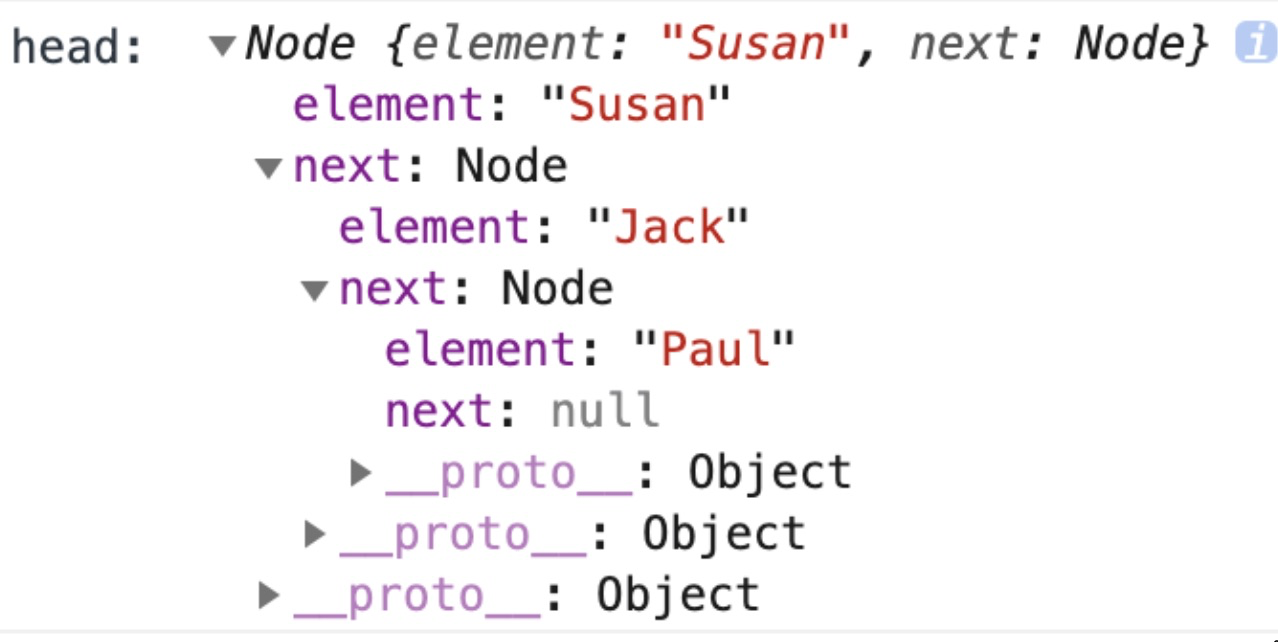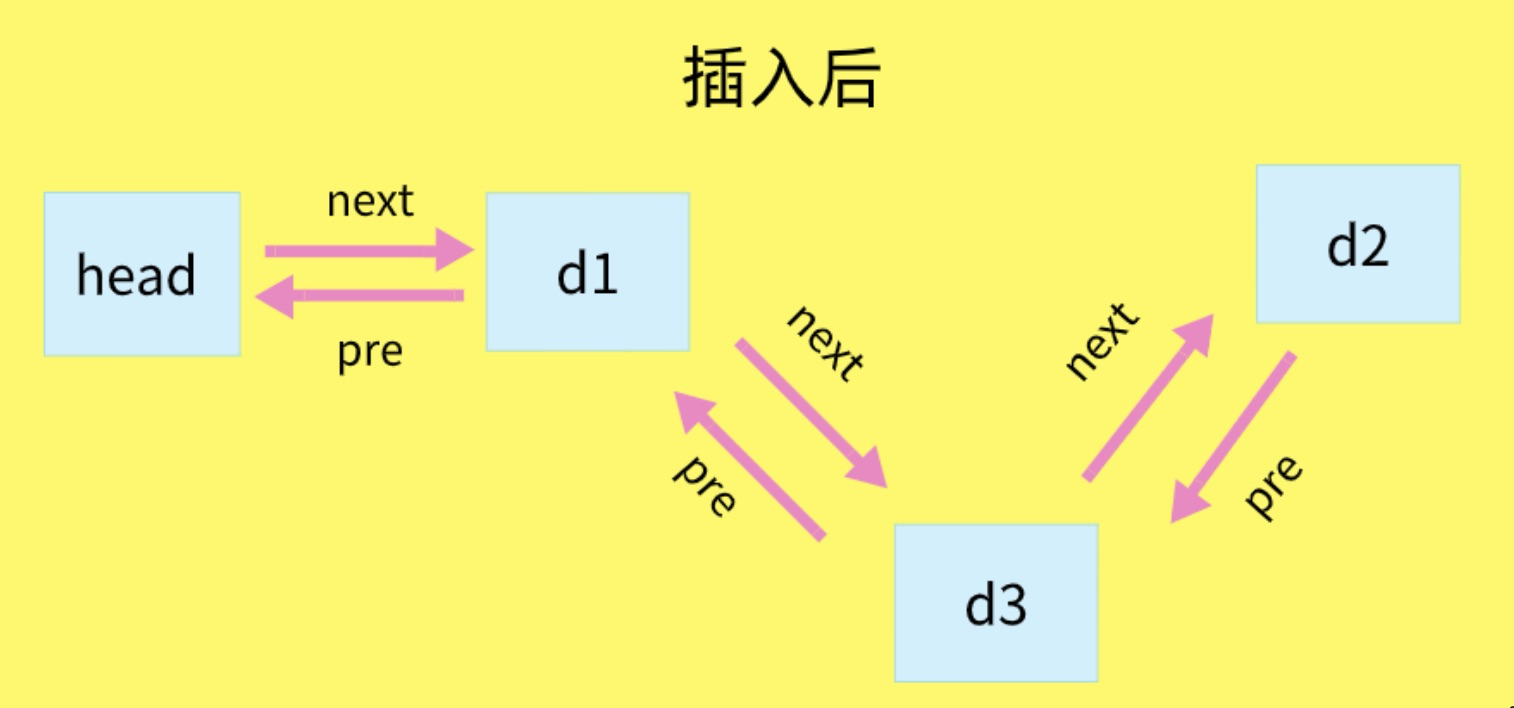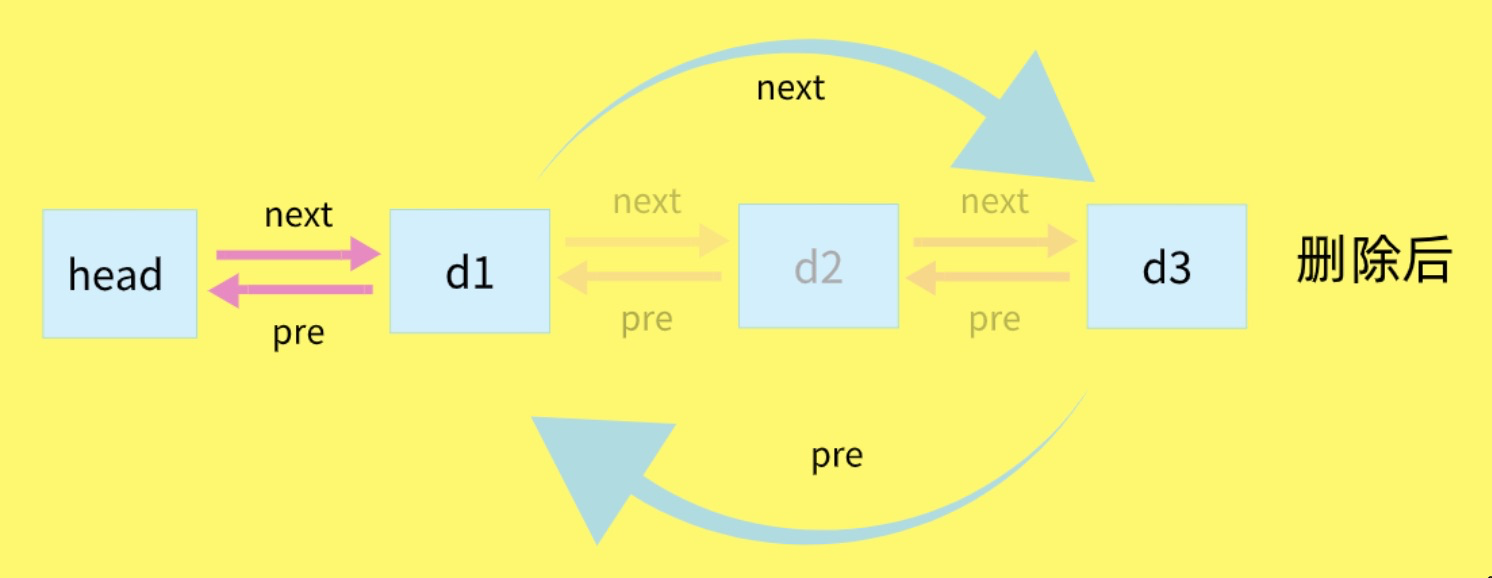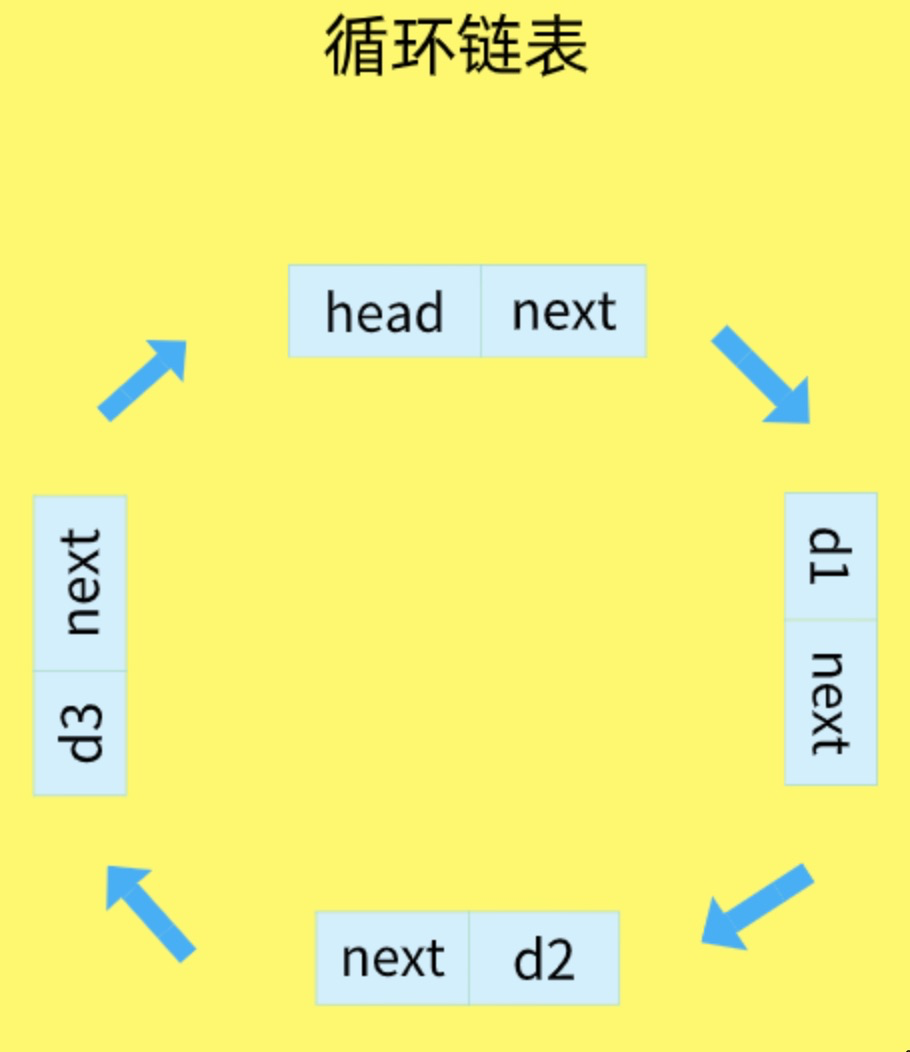数组:JavaScript 描述
#数据结构
这是
最基本、最底层的两种存储结构
目录
1. 快速概览
数组和链表 是所有数据结构的【基础】 数据结构种类很多,甚至你也可以发明自己的数据结构,但是==底层存储无非数组或者链表==,
1.1. 数组
- 访问高效,能够随机访问,访问时间复杂度
O(1)- 我们知道 计算机内存空间不是连续的 , 怎么实现能够随机访问的呢? → 三个条件
- 第一个
内存地址我们知道,即数组名 指向的地址 - 地址紧凑存储 (但维护他就有成本,比如删除,涉及到数据搬移)
- 索引为
int,即每个字字节大小确定
- 第一个
- 由于是紧凑连续存储, 可以
随机访问,通过索引快速找到对应元素,而且相对节约存储空间。
- 我们知道 计算机内存空间不是连续的 , 怎么实现能够随机访问的呢? → 三个条件
- 缺点是低效的
插入和删除- 因为层需要大量的
数据搬迁来保持数据的连续性; - 即维护它需要成本,因为连续存储,内存空间必须一次性分配够,所以说数组如果要扩容,需要重新分配一块更大的空间,再把数据全部复制过去,时间复杂度
O(N); - 而且你如果想在数组中间进行插入和删除,每次必须搬移后面的所有数据以保持连续,时间复杂度
O(N)。- 插入:从最好
O(1),最坏O(n),平均O(n) - 删除:从最好
O(1),最坏O(n),平均O(n)
- 插入:从最好
- 因为层需要大量的
1.2. 链表
- 链表
- 元素不连续,而是靠指针指向下一个元素的位置,所以不存在数组的
扩容问题; - 如果知道某一元素的
前驱和后驱,操作指针即可删除该元素或者插入新元素,时间复杂度O(1)。 - 但是正因为存储空间不连续,你无法根据一个索引算出对应元素的地址,所以
不能随机访问; - 而且由于每个元素必须存储指向前后元素位置的指针,会
消耗相对更多的储存空间。
- 元素不连续,而是靠指针指向下一个元素的位置,所以不存在数组的
2. 数组
2.1. 如何自己实现一个 Array ?
- 需要注意的点:
- 插入缝隙,
size和length属性不一样;length代表真正的数组元素个数size代表缝隙数,方便插入或者删除的时候方便
- 插入缝隙,
- 数组的扩容与缩容时,因为内存空间并不是连续的,而数组是 紧凑连续存储, 为了维护连续性,需要重新申请内存地址。
2.2. 问:如何使用 JS/TS实现 Array 的一些常用方法呢?
- 可参考 v8 Array implementation
- 或者:https://github.com/zloirock/core-js#ecmascript-array
3. 链表数据结构
- 不支持 随机访问,如果需要找特定项,需要从头开始找,所以访问的时间复杂度为
O(n) - 高效的插入和删除,表中
插入和删除一个数据是非常快速的,时间复杂度为O(1)
3.1. 如何实现一个链表数据结构呢?
注意点:
- 哨兵节点技巧:
headtail是技巧,可以理解为占位符head一直指向第一个tail一直指向最后一个
- 在后面很有用
3.2. 单链表

// Node 类
export class Node {
constructor(element, next) {
this.element = element;
this.next = next;
}
}
export default class LinkedList {
constructor() {
this.count = 0;
this.head = null;
}
push(element) {
const node = new Node(element);
let current;
if (this.head == null) {
this.head = node;
} else {
current = this.head;
while (current.next != null) {
current = current.next;
}
current.next = node;
}
this.count++;
}
getElementAt(index) {
if (index >= 0 && index <= this.count) {
let node = this.head;
for (let i = 0; i < index && node != null; i++) {
node = node.next;
}
return node;
}
return null;
}
insert(element, index) {
if (index >= 0 && index <= this.count) {
const node = new Node(element);
if (index === 0) {
const current = this.head;
node.next = current;
this.head = node;
} else {
const previous = this.getElementAt(index - 1);
node.next = previous.next;
previous.next = node;
}
this.count++;
return true;
}
return false;
}
removeAt(index) {
if (index >= 0 && index < this.count) {
let current = this.head;
if (index === 0) {
this.head = current.next;
} else {
const previous = this.getElementAt(index - 1);
current = previous.next;
previous.next = current.next;
}
this.count--;
return current.element;
}
return undefined;
}
remove(element) {
const index = this.indexOf(element);
return this.removeAt(index);
}
indexOf(element) {
let current = this.head;
for (let i = 0; i < this.size() && current != null; i++) {
if (element === current.element) {
return i;
}
current = current.next;
}
return -1;
}
isEmpty() {
return this.size() === 0;
}
size() {
return this.count;
}
getHead() {
return this.head;
}
clear() {
this.head = undefined;
this.count = 0;
}
toString() {
if (this.head == null) {
return '';
}
let objString = `${this.head.element}`;
let current = this.head.next;
for (let i = 1; i < this.size() && current != null; i++) {
objString = `${objString},${current.element}`;
current = current.next;
}
return objString;
}
}
通过控制打印,就能看出对于JS来说,链表数据就是对象,里面存储这 next 属性。

3.3. 双向链表



3.4. 循环列表
